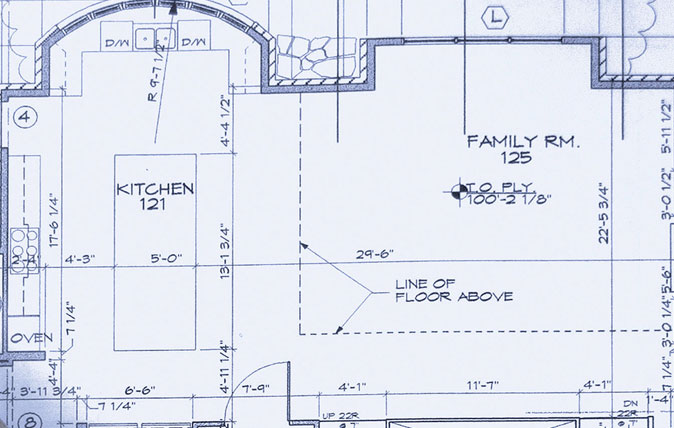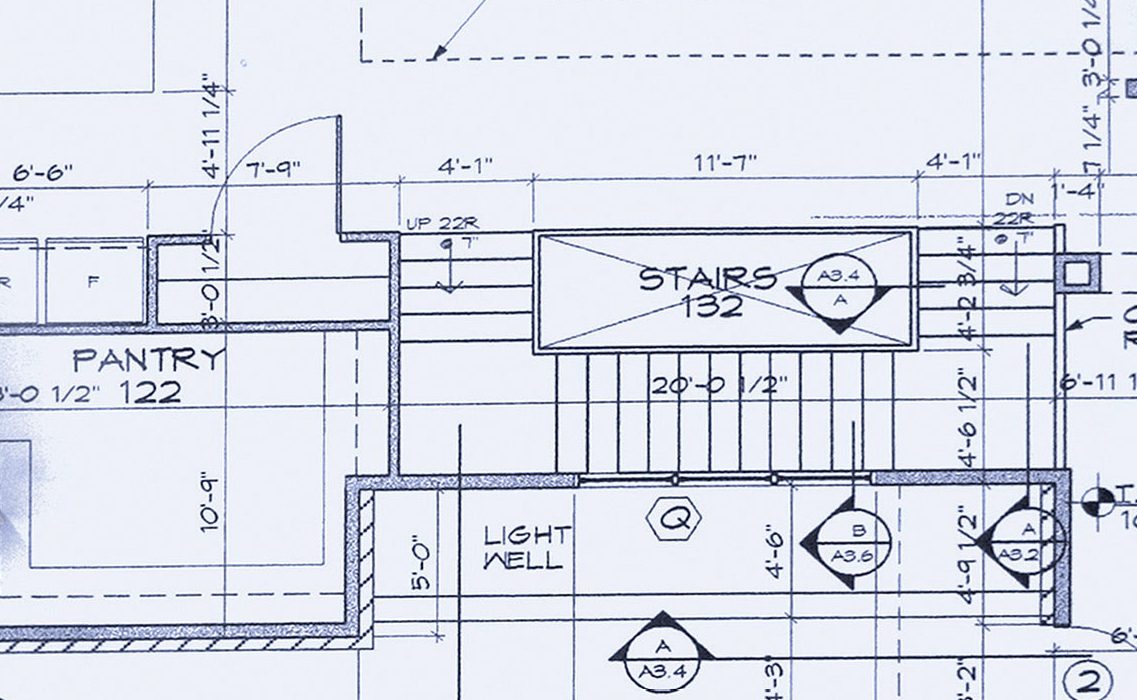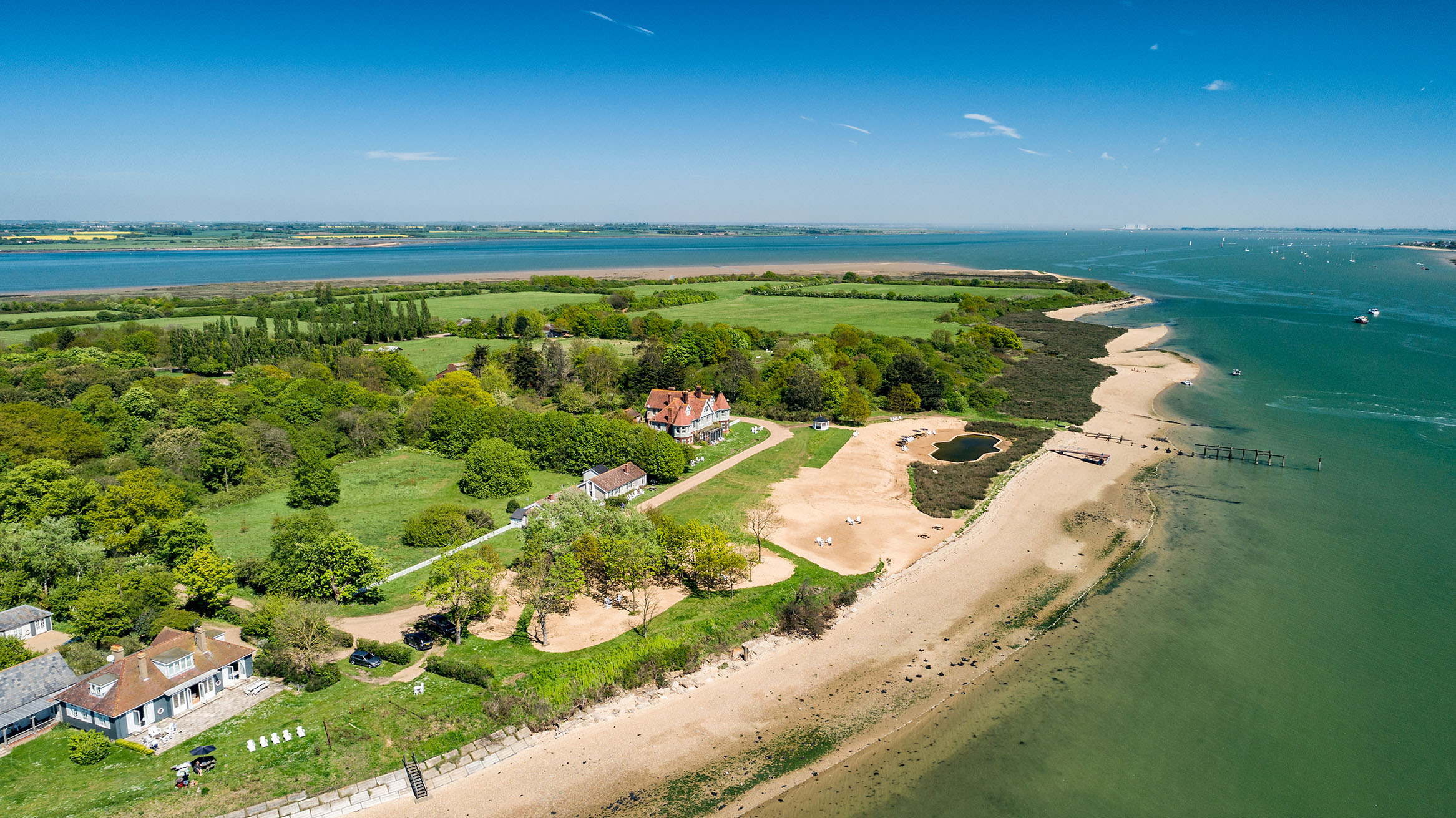Stamp Duty has put beautiful houses at the mercy of unsympathetic architects
Stamp Duty has forced people to change their existing houses rather than move to new ones – and Giles Kime isn't convinced that it's always a good thing.


When design historians look back at the history of interior design in the 21st century, they might do well to look at the effects of Stamp Duty. Although the upper reaches of the property market canter along quite happily, there’s no doubt that many homeowners are understandably reluctant to contribute yet more to the Exchequer than they do already – and that means they need a plan.
It doesn’t involve anything untoward: you either buy a wreck to restore, thus attracting less of a tax burden, or you try to add every square foot you can from your existing home in an effort not to move.
In either case, it’s great news for builders, but not such great news for the Treasury. But how good is it for the houses themselves?
Although listed properties are better protected from ham-fisted attempts to reconfigure them, less starry, but no less charming, period properties are often pierced from every direction by structural steel beams as architects strive to maximise the amount of space with an open-plan layout.
There’s nothing wrong with any of these things when they’re done sympathetically. But all too often they aren’t.

There’s a rarely-questioned modern doctrine which dictates that the only way to maximise the space in a period property is to create an open-plan arrangement of rooms, each one seamlessly joined to the next.
It might all make perfect sense on an architect’s plan, but doesn’t necessarily translate well into reality when issues such as the noise of televisions and privacy raise their heads—not to mention the fact that open-plan spaces don’t contain heat as effectively as a room with four walls. None of these are issues in enclosed spaces, which also have the attraction of feeling cosy and intimate.
Sign up for the Country Life Newsletter
Exquisite houses, the beauty of Nature, and how to get the most from your life, straight to your inbox.
As every good interior designer knows, there are plenty of ways to maximise space without consigning internal walls to a skip — not least, well-planned rooms with carefully configured arrangements of furniture. And talking of skips, there’s no better way to maximise space than having a good chuck-out.
Giles Kime
-
 380 acres and 90 bedrooms on the £25m private island being sold by one of Britain's top music producers
380 acres and 90 bedrooms on the £25m private island being sold by one of Britain's top music producersStormzy, Rihanna and the Rolling Stones are just a part of the story at Osea Island, a dot on the map in the seas off Essex.
By Lotte Brundle
-
 'A delicious chance to step back in time and bask in the best of Britain': An insider's guide to The Season
'A delicious chance to step back in time and bask in the best of Britain': An insider's guide to The SeasonHere's how to navigate this summer's top events in style, from those who know best.
By Madeleine Silver